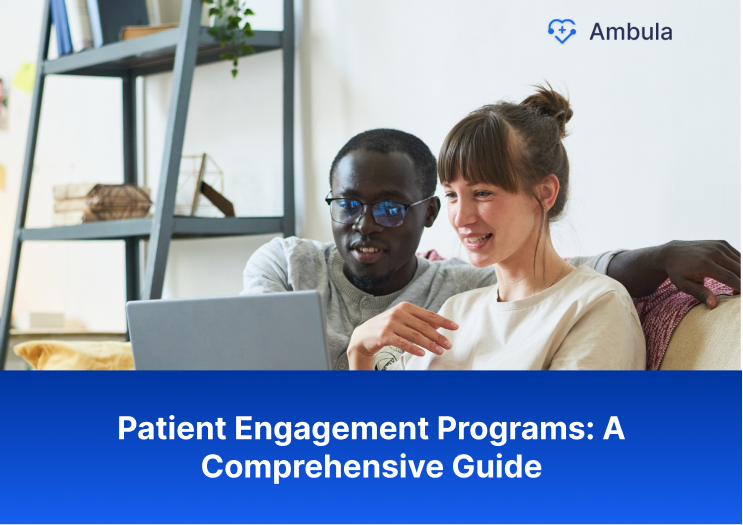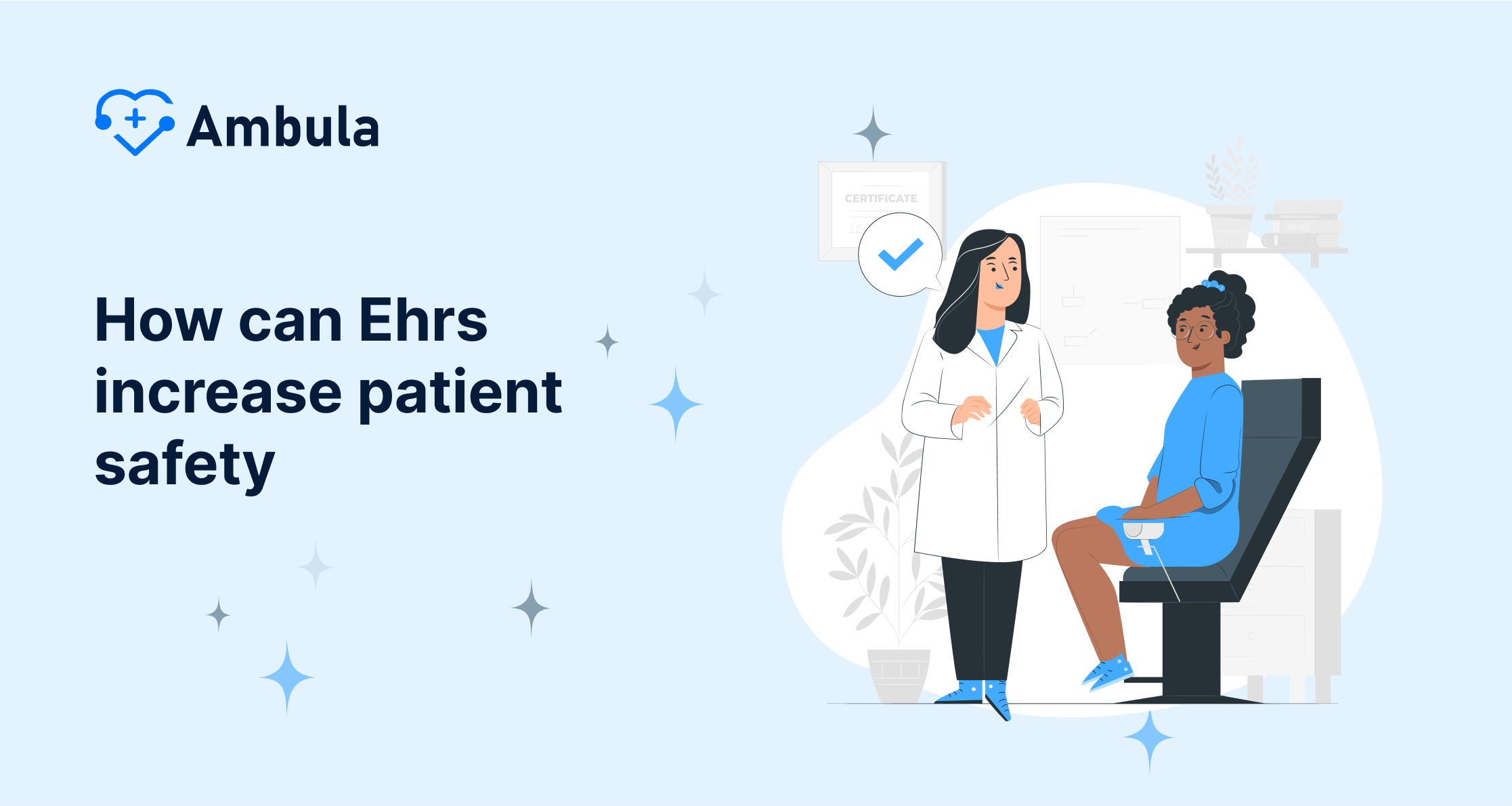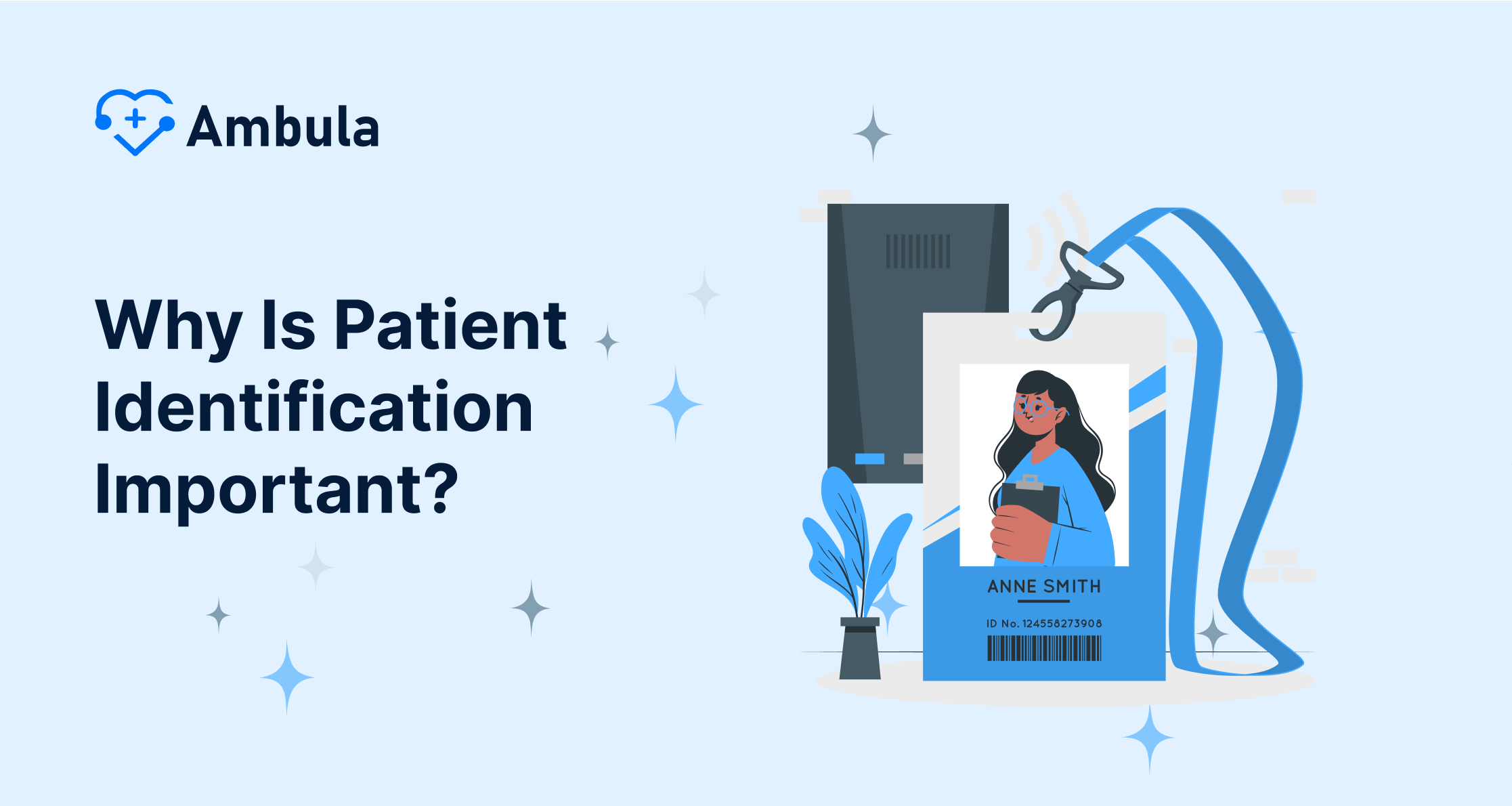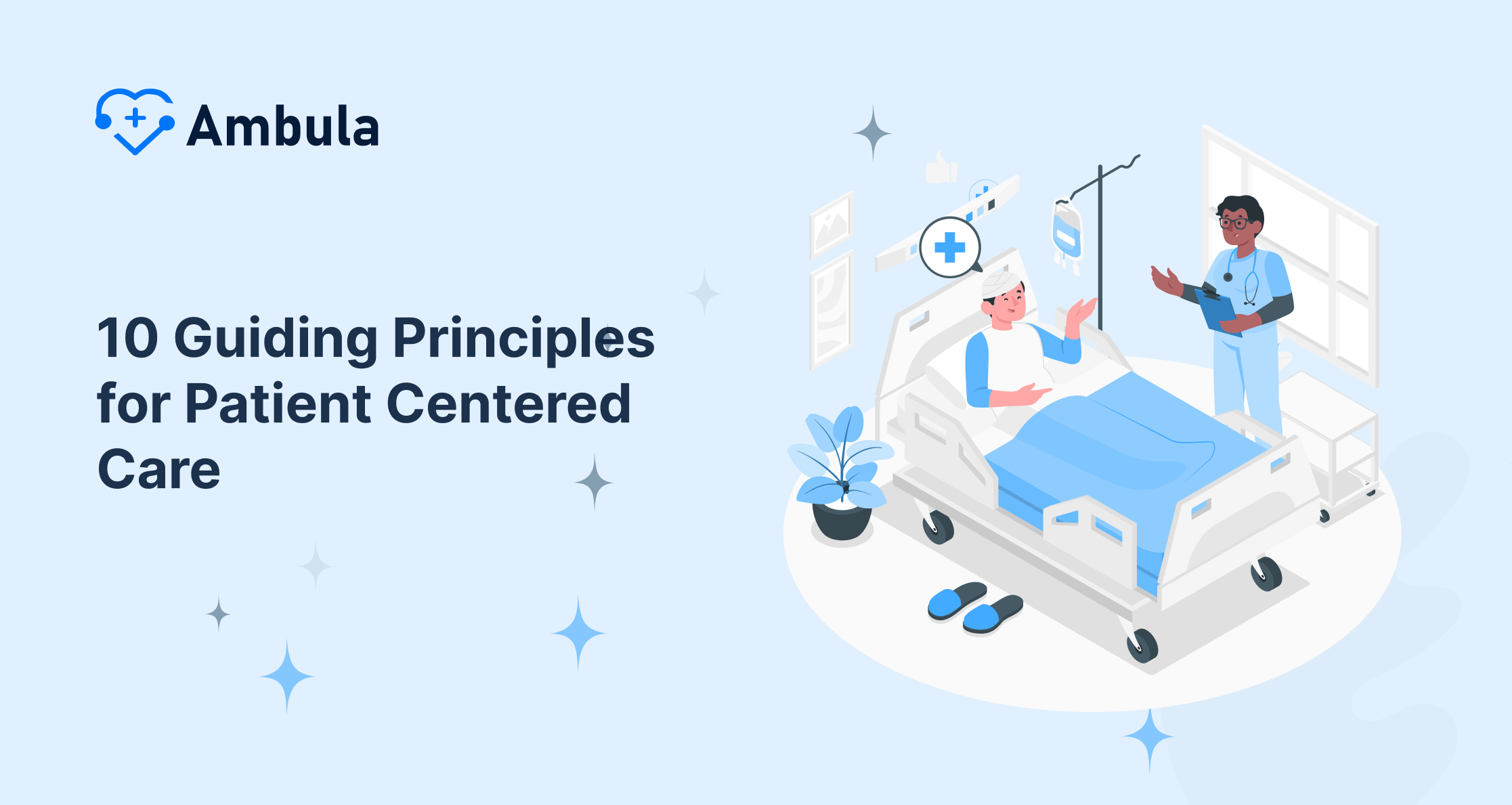
The healthcare industry is constantly evolving, and as a result, so is how care is delivered. Patient engagement is one of healthcare’s most important yet often overlooked aspects. Patient engagement programs are designed to ensure that patients are actively involved in their care and are aware of their health choices. This article will provide an overview of patient engagement programs, their benefits, and how to get started.
- What is a Patient Engagement Program?
- Improved patient outcomes
- Reduced costs
- Improved patient satisfaction
- Improved communication
- How to Get Started With Patient Engagement Programs
- Identify the target audience
- Develop content
- Develop a communication strategy
- Monitor and evaluate
What is a Patient Engagement Program?
A Patient Engagement Program is a comprehensive approach to healthcare that focuses on improving the patient experience. It involves creating an environment of trust between patients and their healthcare providers. The goal is to engage patients in their care by providing education, support, and resources to help them make informed decisions. Patient engagement programs also improve communication between patients and their healthcare providers, including online resources and portals. By creating a better patient experience, healthcare providers can improve patient outcomes and satisfaction.
1. Improved patient outcomes
When patients are more informed about their health, they’re more likely to adhere to their medications and treatments, which can lead to better outcomes and quality of life. Additionally, improved patient outcomes can lead to fewer doctor visits and hospitalizations, reducing healthcare costs. Improved patient outcomes can also lead to better relationships between patients and their healthcare providers.
2. Reduced costs
Patient engagement programs can lead to reduced charges in a variety of ways. When patients are informed and engaged in their care, they’re more likely to follow through with their treatments, which can lead to fewer doctor visits and hospitalizations. Additionally, when patients are more informed, they’re more likely to make informed decisions about their health, which can reduce healthcare costs. Finally, improved patient outcomes can lead to fewer complications and reduced medical expenses.
3. Improved patient satisfaction
Patients more informed and involved in their care are more likely to feel satisfied with their healthcare experience. Patient engagement programs can also lead to better communication between patients and their healthcare providers, improving patient satisfaction. Additionally, when patients are more informed and engaged, they’re more likely to follow through with their treatments, leading to better outcomes and improved patient satisfaction.
4. Improved communication
Improved communication is another critical benefit of patient engagement programs. Patients who are more informed and engaged in their care are more likely to communicate better with their healthcare providers. This can lead to a better understanding of their health and treatment options. Additionally, improved communication can lead to better patient outcomes and satisfaction.
How to Get Started With Patient Engagement Programs
To begin implementing patient engagement programs, there are a few steps you can take.
1. Identify the target audience
Identifying the target audience for your patient engagement program is an essential first step. This involves understanding who the program is intended for, such as specific demographics or people with certain health conditions. This will help you determine the type of content and tools you’ll need to create and the most effective communication strategy. Identifying the target audience can help you develop content tailored to their needs and ensure it reaches the right people.
2. Develop content
Developing content for your patient engagement program is an essential step. This involves creating materials tailored to your target audience’s needs, such as patient education materials, online tools, or other resources. When developing content, it’s essential to ensure that it’s easy to understand and engaging for the intended audience. Additionally, you should ensure that the content is up-to-date and accurate.
3. Develop a communication strategy
Developing a communication strategy is a crucial part of any patient engagement program. This involves determining the most effective ways to communicate with your target audience and ensuring your content reaches the right people. This could include email campaigns, social media posts, in-person visits, or other strategies. When developing a communication strategy, it’s essential to consider the needs of the audience and the most effective ways to reach them.
4. Monitor and evaluate
Monitoring and evaluating your patient engagement program is crucial to ensure it has the desired effect. This involves tracking patient outcomes, monitoring patient satisfaction, and assessing the effectiveness of your communication strategy. This can help you identify areas where improvements can be made and adjust accordingly. Additionally, monitoring and evaluating your program can help you understand what’s working and what’s not and ensure your program’s success.
Conclusion
By providing patients with the tools and resources they need to take an active role in their care, these programs can lead to improved patient outcomes, reduced costs, improved patient satisfaction, and better communication between patients and their healthcare providers. If you want to get started with patient engagement programs, the steps outlined above can help you get started.




